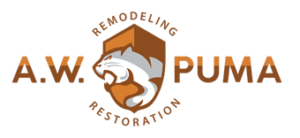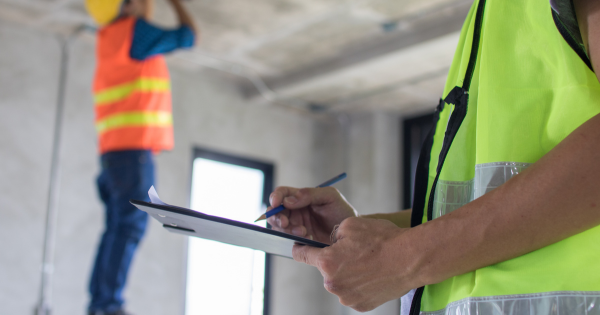What Does a Restoration Company Look for During a Water Damage Inspection?
Your home could have a water-related disaster at any time. Maybe a pipe freezes and bursts in the winter, or perhaps a severe storm leaves the lowest level of your home in several inches of water. No matter the reason for having water damage, you want to take the right steps to return your property to its original condition.
Professional water mitigation in Boston, MA, from a restoration company, starts with a water damage inspection. Here, you’ll find essential details about what goes into these reports and how water damage restoration crews use them to deliver efficient services.
What’s the Importance of a Water Damage Inspection?
A common misconception about water mitigation is that it isn’t a big deal unless a building has a major flood from severe weather. However, water damage restoration is necessary for most water-related events. Even minor water damage can result in structural damage, unsafe conditions, and health risks for the building’s inhabitants.
Water damage restoration companies use inspections and reports to know how to maximize restoration efforts. The report incorporates pertinent information about the situation, like the extent of the damage and the type of water contamination inside the building. Since the inspection report clearly documents the damage, it’s also useful to have when filing insurance claims to recover losses from the incident.
What Goes Into a Water Damage Assessment
When you contact a reputable water damage restoration company for water mitigation in Boston, MA, their water damage inspection will likely include the following details.
Water Source Identification
One of the first things water damage restoration professionals do before repairing water damage is to identify its cause. This information will be part of the inspection.
Sometimes, water can still be coming into the house when the restoration team arrives. If so, they will address the issue immediately so that they can start repairing the property. For instance, they’ll fix a damaged pipe if the plumbing is causing the flood to keep the water from spreading.
Water Damage Classification
The water damage assessment will mention the classification of water damage in the building. Water classification refers to the type of water contamination a property has according to its source. Water contamination falls into three categories:
- Clean water: Clean or clear water is generally clean and free of harmful pathogens. It comes from freshwater supplies.
- Gray water: This type of water generally comes from washing machines, dishwashers, or rainfall, and it carries moderate contamination.
- Black water: The most hazardous type of water is black water. It contains serious pathogens, toxins, bacteria, and other harmful microbes. Flood water, seawater, toilet water, and sewage runoff are examples of black water.
Safety Inspection
A safety inspection is integral to a successful water damage restoration process. Before the workers can fully determine the extent of the damage and start recovering the property, they must ensure the building is safe.
When inspecting a building for safety, the restoration professionals will consider the water contamination level and possible electrical hazards and gas leaks. Sometimes, technicians will need to turn off the utilities so they can safely occupy the building.
Documentation of Damaged Areas and Items
Information about the damages the property sustains from water makes up the bulk of a water damage report. They’ll note the property’s owner’s name, the date, and the causes of the water damage. Next, they’ll evaluate the property room by room to determine how much of the property has water damage and to what extent.
On the report, they’ll outline where the damage is, the type of damage they see, and how bad the damage is. In many cases, the team will begin the assessment at the building’s highest level and work their way down. The restoration company will also include moisture readings to note high humidity and hidden moisture.
Restoration and Remediation Recommendations
The final aspect of the inspection is restoration recommendations. The team will outline the suggested drying process, whether furniture movement is necessary, and how to repair or clean surfaces. They’ll map out the entire restoration process before doing anything.
Restore Your Home From Water Damage Today
At A.W. Puma Remodeling & Restoration Services, we offer outstanding water mitigation in Boston, MA, with 24/7 availability for emergencies. Our award-winning and certified restoration technicians, electricians, engineers, carpenters, and other professionals work together to return buildings to their original conditions after fires, water damage, storms, and other disasters.
From mold prevention to detailed water damage assessments, our team does it all. Call (508) 300-9747 today for a quote from A.W. Puma Remodeling & Restoration Services.





